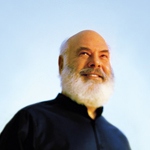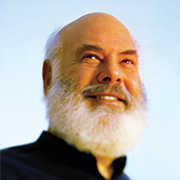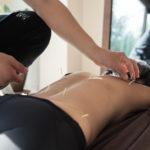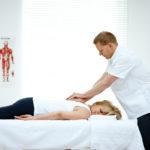Low Back Pain
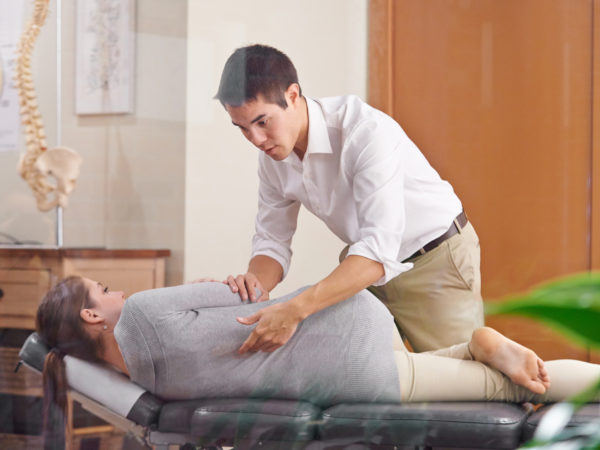
What is low back pain?
“Low back pain” which can be acute or chronic, is literally pain or discomfort of the lower lumbar region of the back. Acute back pain usually follows some kind of injury, often related to everyday activities such as housework, gardening, a sports-related injury or an automobile accident. Back pain that lasts for more than three months is classified as chronic.
What are the symptoms?
Symptoms are often described as painful muscle aches or spasms but can include shooting or stabbing pain, limited flexibility and range of motion, or an inability to stand straight.
What are the causes?
Most cases of low back pain are due to inflammation and irritation of nerves following strain or injury to the muscles and ligaments of the spine. In some cases, however, low back pain can be due to serious conditions, such as cancer or structural problems of the spine, which can cause nerve damage. Occasionally, lower back pain is due to a “slipped disk” (also called a herniated disk), in which one of the disks of cartilage that separates the vertebrae in the spine bulges out of place and presses on nerves. Often, a disk “slips” as a result of twisting while lifting, but the initial cause may not be identifiable.
Simple preventive steps can help eliminate recurring back pain resulting from improper body mechanics or from other causes of back problems that don’t stem from structural injuries. Performing exercises that tone the back and maintaining proper posture are especially helpful. In addition, anyone with a tendency to develop back pain should learn to lift objects properly:
- Bend your knees and squat to pick up an object
- Keep your back straight
- Hold the object close to your body
- Avoid twisting
Choosing ergonomic furniture and tools at home and at work can also help avoid strains on the back.
What is the conventional treatment?
Back pain that involves changes in bowel or bladder function should be evaluated by a physician, but most acute back pain will resolve on its own within two weeks without medical intervention. Whether lower back pain is acute or chronic, most cases are initially treated with over-the-counter pain relievers to reduce discomfort and with anti-inflammatory drugs to reduce inflammation. Sometimes, prescription drugs may be recommended for pain relief and to allow quality sleep. Cold and hot compresses may help reduce pain and inflammation and allow greater mobility in some cases, although they have not been proven to reliably resolve low back injury. Reduced activity and bed rest is recommended for only 1-2 days at most, and patients are generally advised to resume their normal activities as soon as possible. Massage therapy can be very useful in cases of acute muscle spasm causing back pain and for addressing problems with flexibility. Exercise may be the most reliable way to speed recovery and strengthen back and abdominal muscles. Physical therapy may be recommended for more severe strains. In the most serious cases that don’t respond to other forms of treatment, and that involve compromised structures in the spine or serious musculoskeletal injuries, surgery may be recommended to relieve pain and help restore normal function.
What therapies does Dr. Weil recommend for chronic low back pain?
Read one or both books on back pain by Dr. John Sarno, a physician and professor of rehabilitation medicine at New York University. Dr. Sarno believes that most chronic back pain stems from a condition he calls tension myositis syndrome (TMS). Myositis means muscle inflammation. According to Sarno, TMS is a combination of muscle spasm and inflammation stemming from an unbalanced pattern of nerve signaling to nearby muscles and interference with their blood supply. Dr. Sarno explains his theory in his books Healing Back Pain: the Mind-Body Connection (Warner Books, 1991) and Mindbody Prescription: Healing the Body, Healing the Pain (Warner Books, 1998). The treatment he recommends is aimed at changing patterns of thinking, feeling and handling stress, all of which have contributed to the pain. You might also consider the following approaches:
- Practice a relaxation technique daily: Options include mindfulness meditation (proven to ease chronic back pain), breath work, guided imagery, biofeedback, progressive muscle relaxation and hypnotherapy.
- Try therapeutic yoga: The stretches can reduce muscle tension, strengthen the back and promote flexibility.
- Bodywork: Both the Alexander Technique and the Feldenkrais Method can change habits of posture and movement that contribute to back pain. You could also try Bonnie Prudden Myotherapy, which uses manual pressure to release muscle tension.
- Electrical stimulation: Transcutaneous electrical nerve stimulation (TENS) delivers low level electrical pulses to the lower back (you can get a portable device for home use). Percutaneous electrical nerve stimulation (PENS) works the same way but delivers the pulses via needles inserted into the back rather than electrodes used with TENS.
- Exercise: Both aerobic and strength training exercises can help. Aerobic exercise includes walking, swimming or cycling, all of which can help strengthen the back. Aerobic exercise also burns calories and helps you lose any excess weight that may contribute to your back problem. In addition, perform strength training exercises at least twice a week to tone and firm the abdominal, leg and buttock muscles that help to support the back. Seek out proper instruction before embarking on a strength training program; using either free weights or weight machines improperly can defeat the purpose. Make sure you incorporate some stretching or yoga for flexibility.
- Chiropractic care: Dr. Weil believes that chiropractic care may be of benefit in the treatment of back and neck pain. Many chiropractors use a kind of manipulation called “dynamic thrust”: a low speed, high force movement often accompanied by a popping or cracking sound. Others use a low-force, high-speed method, known as the Activator method (incorporating a tension spring and plunger tool) that may be a better choice for older patients, as their more limited flexibility might be challenged by dynamic thrust.
- Acupuncture: Studies in the U.S. indicate that acupuncture can help to relieve several kinds of pain, including low back pain.
- Massage: Therapeutic massage can provide long lasting results, and bodywork can help patients receive the maximum benefits from chiropractic adjustment. Deep tissue work, such as structural integration or Rolfing, can often effectively address structural problems that contribute to chronic low back pain. To find a qualified massage therapist visit the website of the American Massage Therapy Association.
Originally published March 2010. Updated October 2023.



